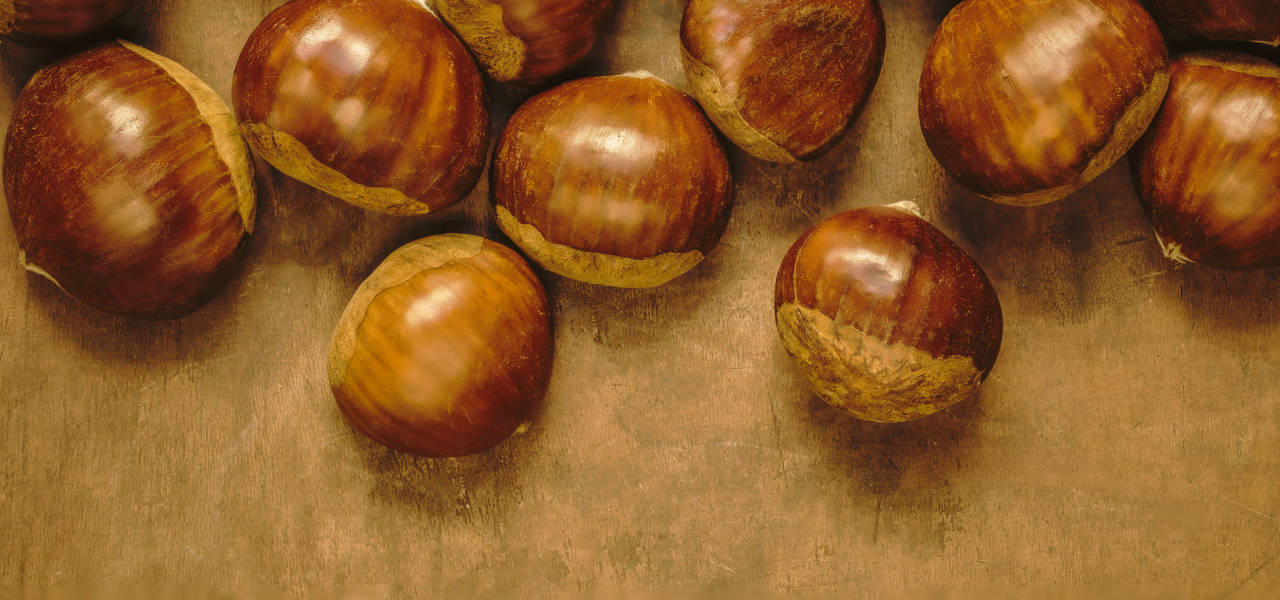Games with Chestnuts for Visually Impaired Children
This material is suitable for children of all ages.
These activities are suitable for those who teach or want to teach visually impaired children how to navigate the world around them.

The development of fine motor skills is directly related to the onset of speech, concentration, memory activation, and contributes to the intellectual development of speech. Scientists have proven that approximately one-third of the entire area of the motor projection of the brain is occupied by the projection of the hands, which is located near the speech zone. Hand movements stimulate brain development. The development of a child’s verbal speech begins when the movements of their fingers reach sufficient dexterity. The fingertips have nerve endings connected to the cerebral cortex, specifically the areas responsible for speech functions. A child who is almost deprived of one of the organs for perceiving the world (vision) tries to recreate in their mind images of the objects around them using the remaining senses (hearing, touch). Training fine finger movements has a significant impact on the development of a child’s active speech. Since few parents work on developing their children’s fine motor skills, there is a general motor delay. Experience shows that for children with speech problems, information is better perceived through creative activities.
Let’s turn chestnuts into a unique educational tool. This natural material is literally underfoot in the fall. Chestnuts are easy to collect from the ground, feel pleasant in the hands, and are warm and smooth. Many fun games can be invented with chestnuts that are beneficial for developing fine motor skills and tactile sensitivity. Children love playing with chestnuts, touching the smooth surface, and rolling them in their hands.

Chestnut Math. A simple counting game. How many chestnuts are in the bowl? During the game, children acquire basic computational skills.
Comparing Chestnuts by Size. Large, medium, small. Arrange the chestnuts in ascending order. This develops the ability to compare groups of objects. We compare chestnuts “by eye.”
Task: Arrange the chestnuts in a circle and place an apple in the center. This exercise develops finger dexterity, patience, and accuracy.
Chestnuts help develop not only mathematical abilities but also dexterity, coordination, and spatial perception.
Outdoor or Indoor Game: “Hot Chestnut”. The children stand in a circle and quickly pass a chestnut to each other to the rhythm of music. When the music stops, the child left holding the chestnut loses. This game develops reaction speed, auditory memory, and motor activity.
Game: “Hit the Target”. Take a suitable container (preferably a bucket with high sides) and throw chestnuts into it.
Task: Make an arrow out of chestnuts, then rearrange them to form the number one or two.
Practicing fine motor skills contributes to the development of the child’s speech and intelligence.
Check our blog on knitting for blind children to learn more about fun motor skill activities.
